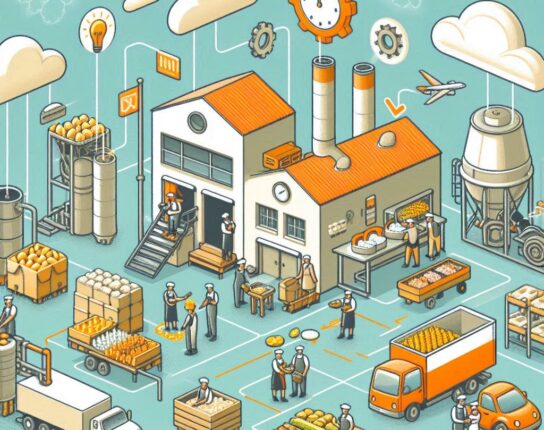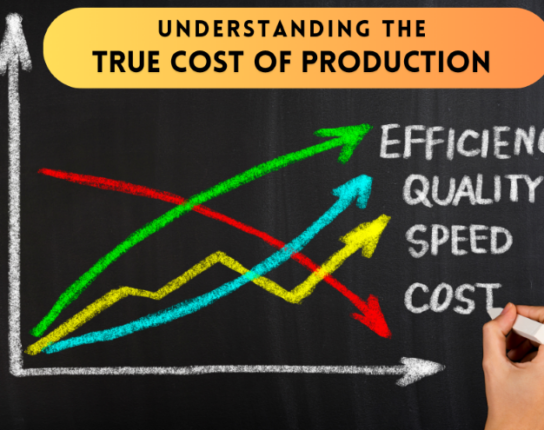Food manufacturers are yet again confronting supply chain issues on multiple fronts, brought upon by COVID-19 isolation requirements or illness.
While some manufacturers continue to adapt their productions by changing/reducing their product lines, e.g. just focusing on those with the highest demand to keep up production levels, there are new battles they must face. The highly contagious omicron variant has reduced labor supply by up to 20% in some plants.
And it’s not just within the facilities themselves, shipping is an issue as well, affecting everything from the availability of raw materials to packaging, with container ships offshore still waiting to be unloaded. Even food giants aren’t immune, with companies like General Mills reporting 500 to 600 supply chain disruptions a month, compared with 50 in a normal month.
Severe backlogs at several major ports are also causing further price increases to raw materials, as demand continues to far outstrip supply. As the latest in a string of such issues, food manufacturers are once again reassessing their own supply chains and implementing multiple recovery plans to help minimize supply chain disruptions. These could include diversifying suppliers, creating alternative delivery routes, and using alternative modes of transportation.
In addition to taking further steps to ensure employee safety to mitigate the labor shortage, food manufacturers can take other actions to help them navigate supply chain delays:
Look ahead to alleviate supply chain disruptions
Plan and buy in bulk where possible – look at your supply chain and order early, understanding that they may take longer to fill. If this creates a cash constraint, discuss your financing options with suppliers or third-party lenders. In some cases, companies may wish to seek alternative sources for ingredients and packaging materials, and this may require identifying alternative ingredients that may be substitutable under the FDA’s policies until supply chains are flowing smoothly again.
Shift production to high-demand products
Limiting variety and focusing on high-demand or core products can help companies increase their efficiencies and output, and with the effective use of software, they can anticipate demand and supply chain issues and be agile with production.
With advanced scheduling techniques, you can better forecast your demand, allowing you to run production on certain products longer, approaching a make-to-stock scenario. While food manufacturers usually follow make-to-order principles to promote just-in-time distribution, the reality is that things are very unusual right now. The pandemic has inspired food companies to reapproach production processes and think ahead and consider stockpiling equipment and ingredients.
Strengthen your supply chain relationships
Similar to strengthening your retailer relationships, get to know your suppliers if you’re currently relying heavily on a third party to manage that relationship. Don’t miss out on critical information such as the availability of raw materials, the capacity of the teams, and delivery schedules. Especially during uncertain times, with a reduced workforce and decreases in production, it is more important than ever to understand every link in your global supply chain. Having detailed information about your suppliers will help you minimize disruptions and keep your business running smoothly. HarvestERP puts supply chain data in your hands, allowing you to plan your raw material and packaging needs on-demand; track production line scheduling; manage delivery schedules — all in one place.
Harness Technology
One of the major mistakes we see is businesses not taking full advantage of the technology that is available to them. The more links you have in your supply chain, the more important it becomes that key players have access to necessary data. This includes not only connecting with supply chain operations, but with sales as well. Explore the digital tools that are available to help save your business time and money. HarvestBI provides a single source of data for your entire organization, capable of running on any type of device or operating system.
At Harvest Food Solutions, our goal is to make your business run more smoothly. Our software solutions offer increased efficiency and let you focus on what you do best: your business. When it comes to optimizing your supply chain, data is of the utmost importance. We have spent decades analyzing the perishable food industry, creating effective management tools, and building a community of experts and users. Our cloud-based systems are designed to give you maximum control of the data you need to keep your perishable food business running smoothly.
If your business needs some assistance in getting your supply chain optimized for long-term efficiency, we are ready to help. Give Harvest Food Solutions a call today to find out how our systems can help your business.










